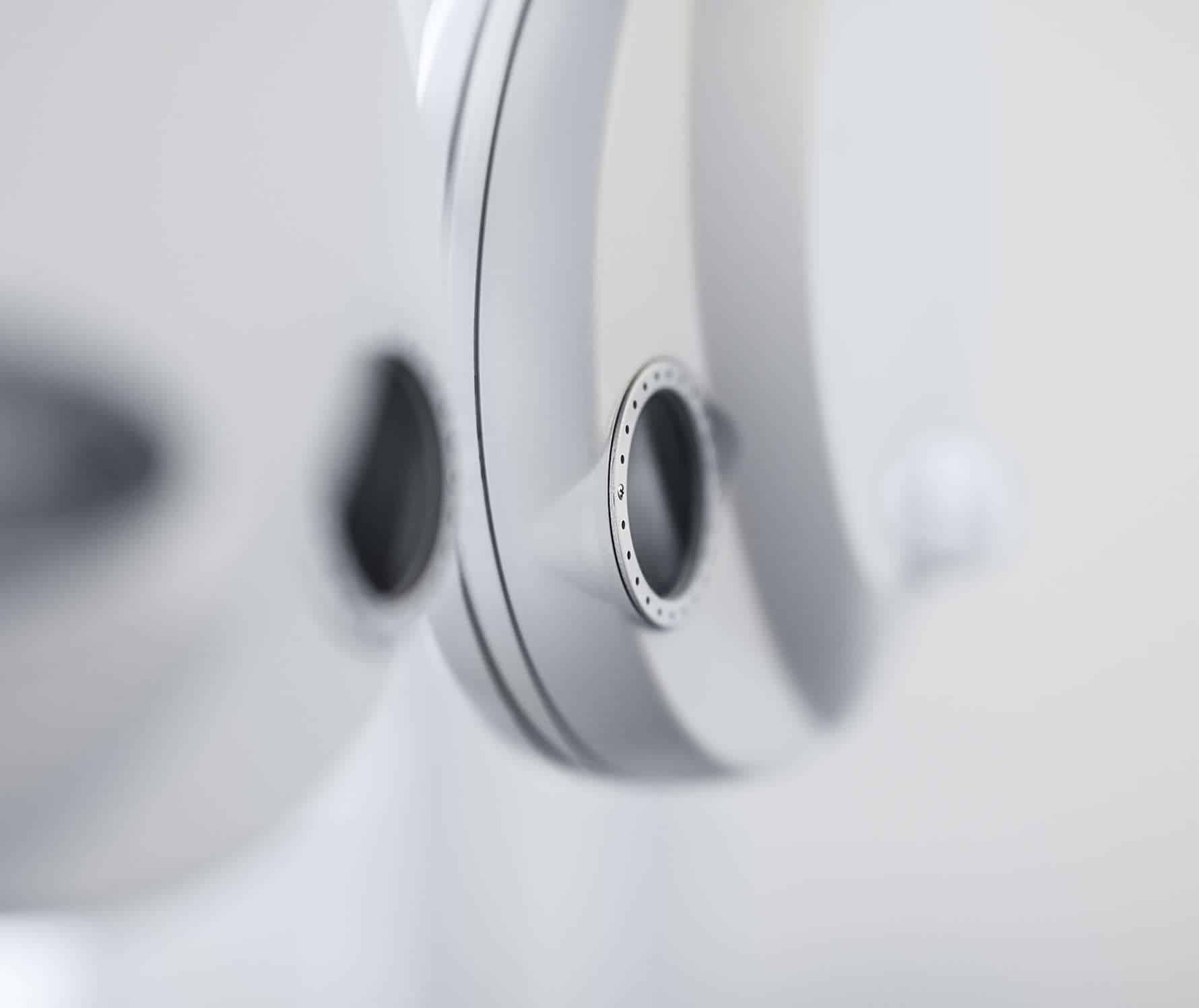

What is dry eye?
Dry eye is one of the most common eye diseases, caused by reduced lubrication of the eye’s surface. Treatment is mostly uncomplicated and quick—it is one of the key areas of my work.
What are the symptoms of dry eye?
Surprisingly, one of the most common symptoms is that the eyes water. The explanation for this is quite simple:
In our climatic conditions, the eyes dry out quickly. The tear film on the eye is not very stable, so the eye dries out and in turn produces more tear fluid. Unfortunately, this tear fluid is too thin to adhere to the eye because it lacks the ‘fatty oils’ that are produced by the glands at the edge of the eyelid. In this case, we speak of qualitative dry eye syndrome because the tear film is present but of poor quality.
In contrast to qualitative dry eye syndrome, there is quantitative dry eye syndrome, which also occurs frequently—the eyes do not water due to too little tear fluid being produced.
Irritation generally occurs with both types in the form of a stinging or burning sensation and a feeling of grittiness in the eyes. Patients sometimes feel like they have a foreign body in their eyes, pressure on or behind the eyes, and complain of their eyelids sticking together when they wake up in the morning, etc.
What causes dry eye?
There are many different causes and they have to do with our lifestyle, climatic conditions, and ageing.
One example is ‘office eye syndrome’: we often work in closed, air-conditioned rooms where the air is dry. We stare at a computer monitor, blink less, are concentrated on what we are doing, and our eyes dry out.
In the case of quantitative dry eye syndrome, which occurs more often in younger women, the cause may be a vitamin deficiency, hormonal disorders, or other diseases from the rheumatological spectrum.
It is always important to carefully determine the causes during the consultation.
How is dry eye treated?
Depending on the needs and diagnosis, we offer different therapies: from classic moisturising eye drops for mild complaints to eye drops imported from abroad that can be used for a specific purpose. The latter applies especially to what is known as ‘Sjogren’s syndrome’—a disorder of the immune system.
But alternative treatment methods such as acupuncture are also helpful. We have a number of good contacts and will give you a personal recommendation.
If none of these measures help, then further steps are necessary, for example the use of what are known as ‘punctal plugs’. They are tiny devices that are used to block the tear duct so that the tear film remains on the eye longer and does not run off. This minor procedure takes just one or two minutes. It is painless and reversible, which means the plugs can be removed at any time.
Surgical procedures in the eyelid area may also be necessary—I usually perform these on an outpatient basis in a hospital.
Do you have a chronic inflammation of the eyelid rim—known as blepharitis? We have compiled all the important information for you in a fact sheet.
Information for patients with chronic eyelid inflammation (blepharitis)

